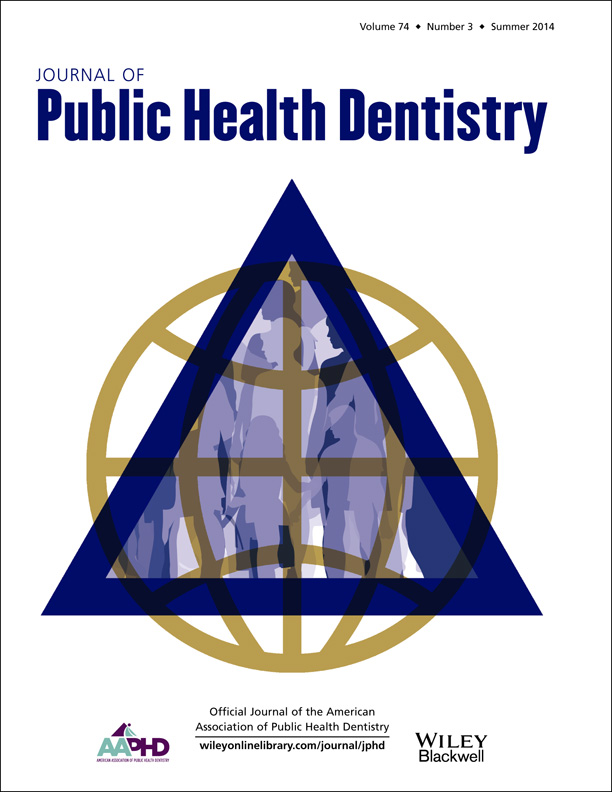Access to endodontic care in North Carolina public health and Medicaid settings
Support:
Funding for this research project was provided by the American Association of Endodontists Foundation and by the University of North Carolina – Department of Endodontics. The authors deny any conflict of interest related to this study.
Abstract
Objectives
The purpose of this study was to investigate issues related to access to endodontic care in North Carolina for individuals who used dental public health resources such as public health clinics (PHCs) or private practices that accept Medicaid or other government-sponsored reimbursement programs private practices that accept Medicaid (PPM).
Methods
Surveys were sent to 1,195 dentists regarding frequency and type of endodontic conditions encountered, treatments provided, and perceived barriers to care. Results were analyzed using logistic regression with the level of significance set at 0.05.
Results
Five hundred forty-six surveys were returned for a 45.7% response rate. Of the respondents, 79% reported frequently encountering an endodontic condition, but only 34% reported performing any type of definitive endodontic procedure. Graduates after the year 2000 were significantly more likely to perform definitive endodontic procedures (P < 0.05). Lack of insurance was the greatest barrier to care with 89% considering it a moderate to major barrier, followed by cost of the endodontic treatment (87%) and cost of the restoration following treatment (86%). PPMs were more likely to consider cost and insurance a major barrier (P < 0.05).
Conclusions
In North Carolina public health and Medicaid settings, the frequency of endodontic treatments provided was much lower than the frequency of endodontic conditions encountered that might have benefited from treatment. Graduation year was the best indicator for the provision of root canal therapy. Additionally, treatment patterns and perceptions of barriers to care are different for PHCs and PPMs.




